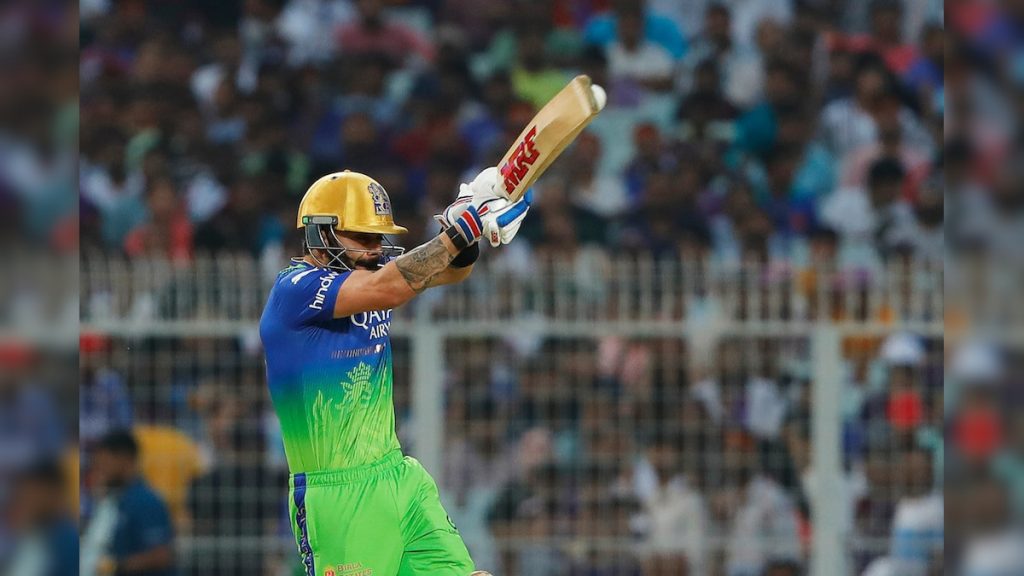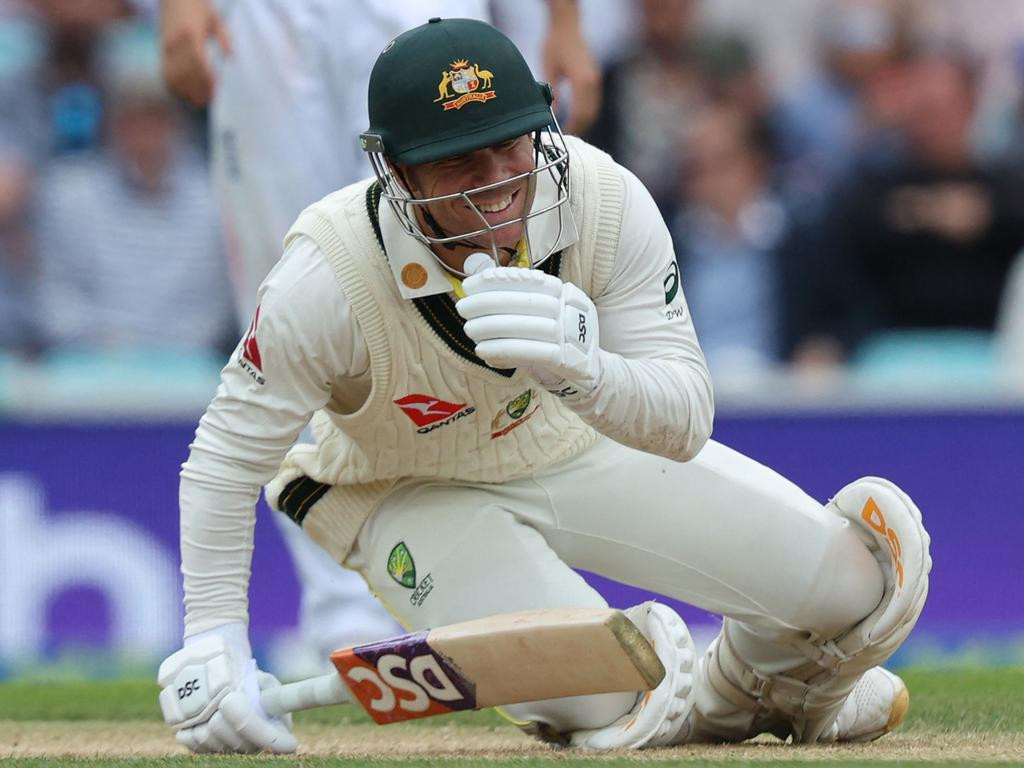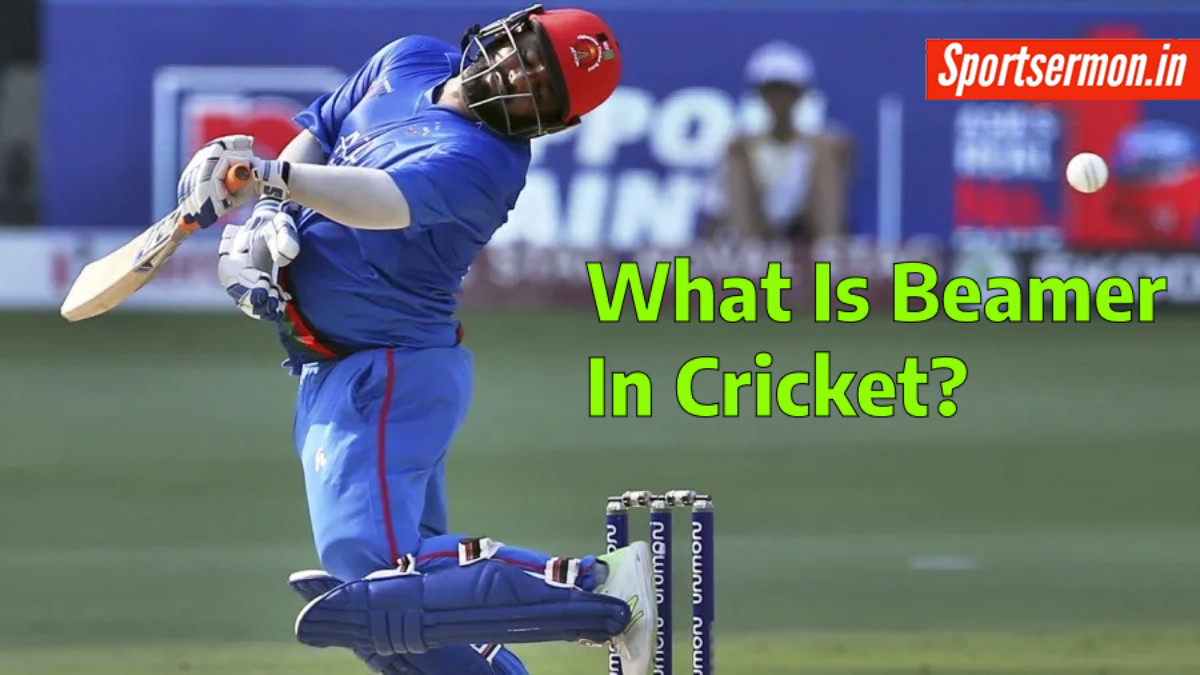Beamer in Cricket: The words used in cricket are very distinct from those in other sports, and the game itself is full of variants. The phrase “beamer” may have come up in cricket commentary, and you may have questioned what the pundits are really discussing.
Although there is a risk associated with playing cricket, the game’s governing bodies have taken action to try to prevent certain terrible injuries that have occurred in the past.
In order to safeguard batters from specific kinds of deliveries, cricket has laws in place. The actions of bowlers are subject to restrictions. Rather, they must bowl a delivery that is in keeping with the law, that is, one that the batter may hit and isn’t considered too aggressive. The aggressive group would include beamers.

Meaning of Beamer
Beamers, also known as beam balls, are deliveries in cricket when the ball goes beyond the batsman’s waist height without bouncing. Due to the batsman’s expectation that the ball would bounce on the pitch, this type of delivery is risky. It is far more difficult to dodge the ball or smash it with the bat when it doesn’t bounce.
The ball generally slips from the bowler’s hands during delivery, causing an accident. However, in this case, the bowler intentionally delivered, which is against both the laws of cricket and the players’ ideal sportsmanship.
Comparable to a full toss, which happens when the bowler misjudges a yorker, this one doesn’t normally result in a no-ball until another offence has taken place and reaches batters below waist height.
In situations where they don’t have much protection, beamers play aggressively and may hit the batter rather easily.
Consequences on bowling Beamers
The sport restricts the use of beamers. Though they also reach the batter at a high point, bouncers are viewed as less aggressive, and you are permitted to bowl a specific amount of them (typically two each over). At minimum, the hitter can adjust and position their feet to play a bouncer.
Cricket rules heavily restrict the use of beamers due to their potential to cause harm. Bouncers, although reaching the batsman at a high point, are considered less aggressive and are allowed in limited quantities (usually two per over). Batsmen can adjust their stance to play a bouncer, but beamers, which do not bounce, are harder to anticipate and play.
Bowling a beamer results in several penalties:
- The ball is called a no-ball.
- In shorter formats, a free hit is awarded to the batsman, allowing them to potentially score heavily off the next delivery.
- The umpire issues a warning to the bowler. A repeat offense can lead to the bowler being barred from bowling for the rest of the match.
These regulations are outlined in the game’s rulebook under section 42.1 (Unacceptable Conduct). The third umpire can use video technology to notify on-field umpires if a delivery is bowled higher than waist height.
Historical Controversy on Beamers

Fast bowlers, especially younger or less experienced ones, are more likely to bowl beamers, sometimes unintentionally due to factors like damp hands or a slippery ball. A misplaced yorker can also result in a beamer.
While bouncers aim at the batsman’s head and are legal, beamers are illegal and unexpected since they do not land on the pitch, catching batsmen off guard. The traditional technique of using one’s feet and body to meet the ball after it pitches is ineffective against beamers.
Notable Incidents of Beamer in Cricket
- Waqar Younis: In the 2003 Cricket World Cup, Waqar Younis was stopped from bowling for delivering beamers.
- Abdur Rehman: In the 2014 Asia Cup, Pakistani spinner Abdur Rehman bowled three consecutive beamers, conceding eight runs and was disqualified from the game without delivering a valid ball.
- Shoaib Akhtar: Pakistani fast bowler Shoaib Akhtar admitted to intentionally bowling a beamer to Mahendra Singh Dhoni.
Most recent Beamer in Cricket Incident: Harshal Patel in IPL 2023
In IPL 2023, Harshal Patel was removed from the attack after bowling two beamers in the final over of Chennai Super Kings’ innings against Royal Challengers Bangalore.
The over began with a high full-toss, followed by a wide, and then another high full-toss to Moeen Ali. Both high full-tosses were reviewed and confirmed as beamers by the third umpire. Due to these dangerous deliveries, Harshal was forced out of the attack, and Glenn Maxwell had to complete the over.
This incident highlights a change in the rules. Previously, any bowler delivering more than one beamer would be removed regardless of intent. However, a 2018 rule revision allowed umpires to use discretion.
In IPL 2021, Harshal escaped removal for two beamers in an over because they were not deemed dangerous. In 2023, both of his beamers were considered dangerous, leading to his removal.
This underscores the importance of strict regulations to ensure player safety.
Read More: Joe Burns Makes History with Century for Italy in T20 World Cup Qualifiers

